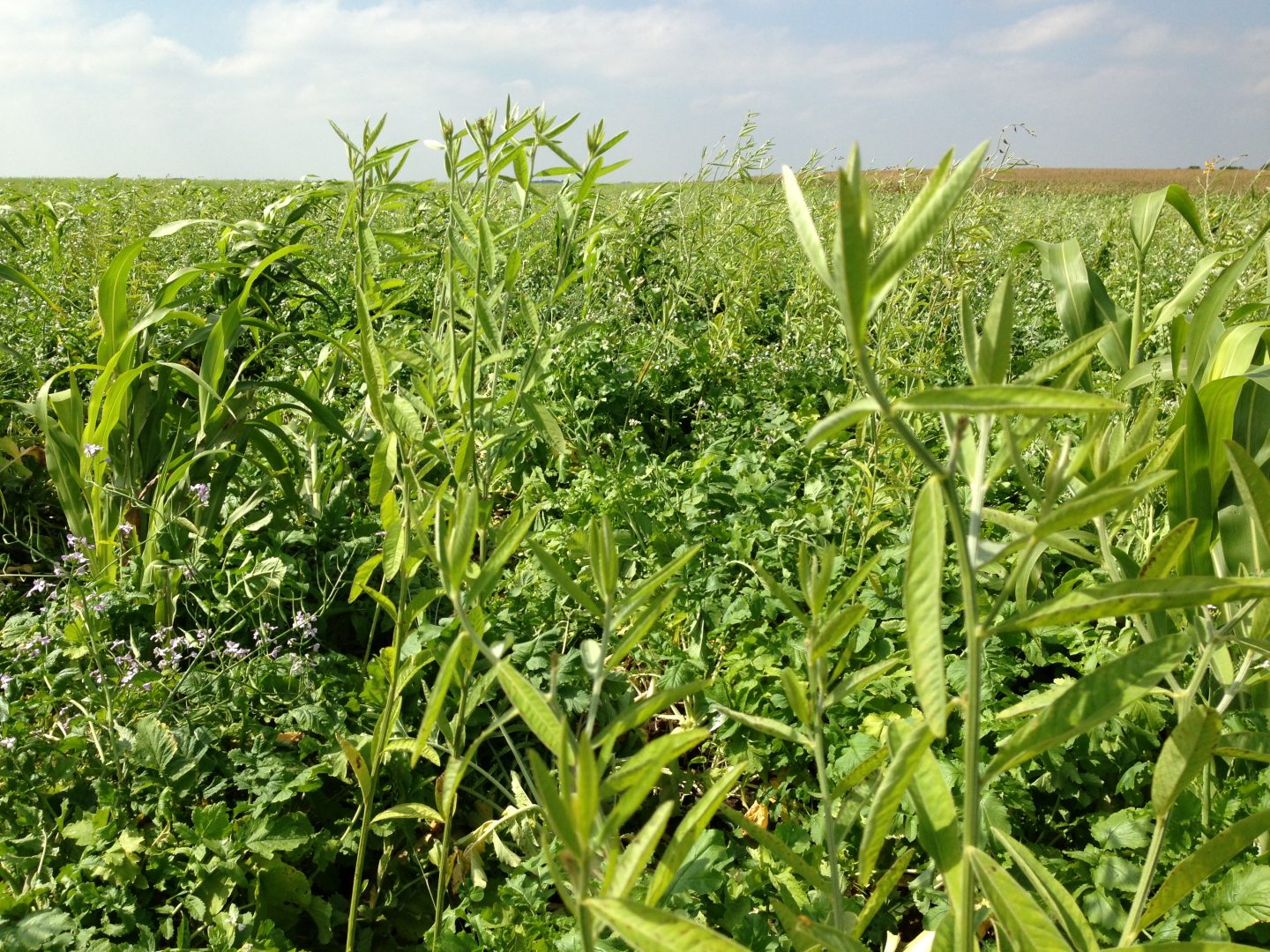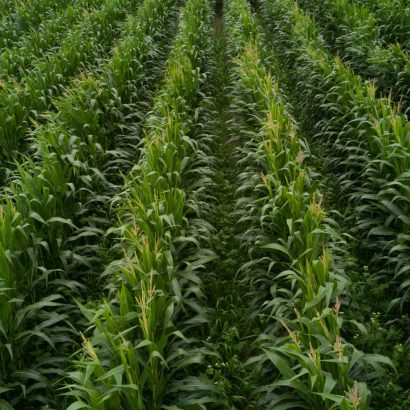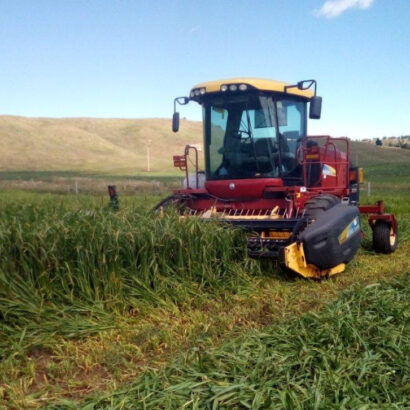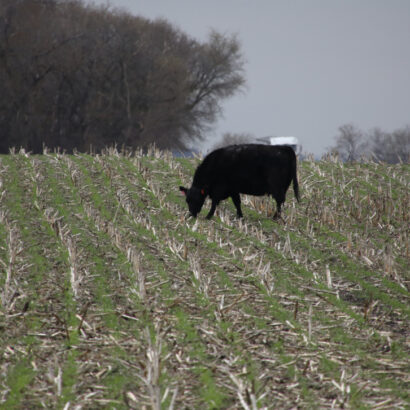Wet conditions have created challenges and delays for planting cash crops. If these delays have impacted your planting strategy, rather than leaving that ground fallow, we encourage you to look at this as an opportunity to try something new! Use cover crops to protect that ground.
Here’s ten reasons to keep your prevent plant acres covered:
- Stop wind and water erosion and increase infiltration. Cover crops create a protective canopy, reducing the impact of rainfall and snowmelt on the soil surfaces. By reducing soil erosion and runoff, we’ll start to see an increase in water infiltration, setting your ground up for success next year!
- Provide late-season weed control. Acting as a mulch, cover crops will suppress weeds and pests. In many cases, one less herbicide application is needed because of weed suppression.
- Increase in organic matter. And an increase in organic matter means improvements in soil structure and stability.
- Maintain and increase beneficial soil microbial activity. Soil is a living organism, full of biological interactions and that activity is necessary for plants to germinate and take up nutrients. Fallow ground isn’t beneficial for bacteria and microbes and can lead to fallow corn syndrome.
- Reduce soil compaction. Choose a blend that contains brassicas with deep taproots to alleviate compaction.
- Scavenge nutrients. Cover crops will store nutrients for the following years cash crops, reducing nutrient runoff and leaching.
- Fix nitrogen out of thin air. Cover crop mixtures with legumes can fix nitrogen out of thin air, reducing applications of nitrogen fertilizers and lowering input costs in the following year.
- Provide a forage or grazing option for livestock. A cover crop with a blend of grasses and brassicas will provide a high quality, palatable diet for livestock late into the season. The grasses will provide high levels of dry matter intake for an ideal grazing scenario, while brassicas can provide high levels of crude protein.
- Offer habitat, cover, and feed for wildlife through the fall and winter months. Cover crop blends that include a combination of grasses and broadleaves will provide grazing, forage, and protection from extreme weather in the winter months, attracting wildlife to your property.
- Offer a pollinator refuge, attracting beneficial pollinators such as bees and butterflies. Bees and butterflies aren’t only drawn to wildflowers. Adding species with flowers such as cowpeas, sunnhemp, or rapeseed into your mix will also attract native pollinators.
Over the years, we’ve developed and modified mixes for specific goals. We also encourage creating custom mixes for unique scenarios. Check out our cover crop seed selector to explore our different cover crop blends!
Sources:
Nationwide, SARE. “Cover Cropping for Pollinators and Beneficial Insects.” SARE, www.sare.org/Learning-Center/Bulletins/Cover-Cropping-for-Pollinators-and-Beneficial-Insects.
“Natural Resources Conservation Service.” Cover Crops – Keeping Soil in Place While Providing Other Benefits | NRCS New York, www.nrcs.usda.gov/wps/portal/nrcs/detail/ny/technical/?cid=nrcs144p2_027252.




Discussion
0 Comments